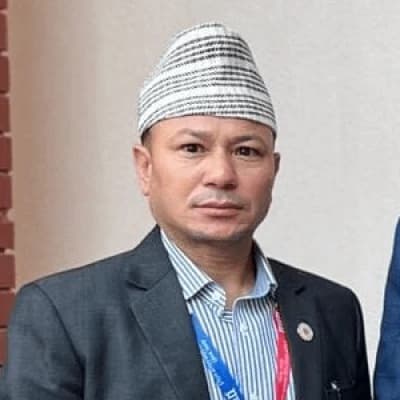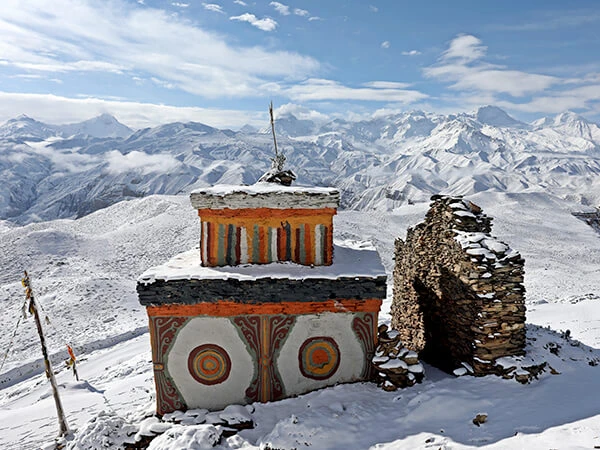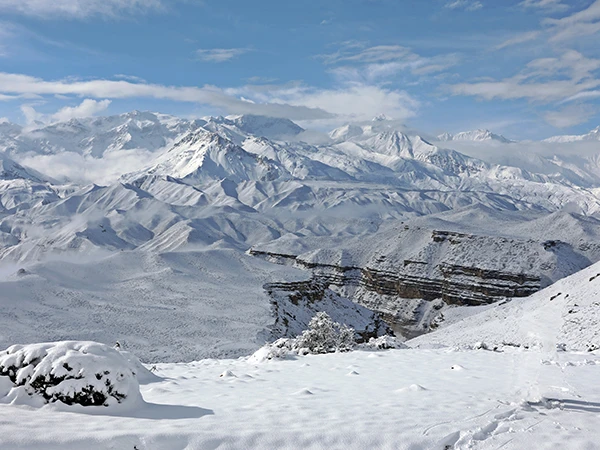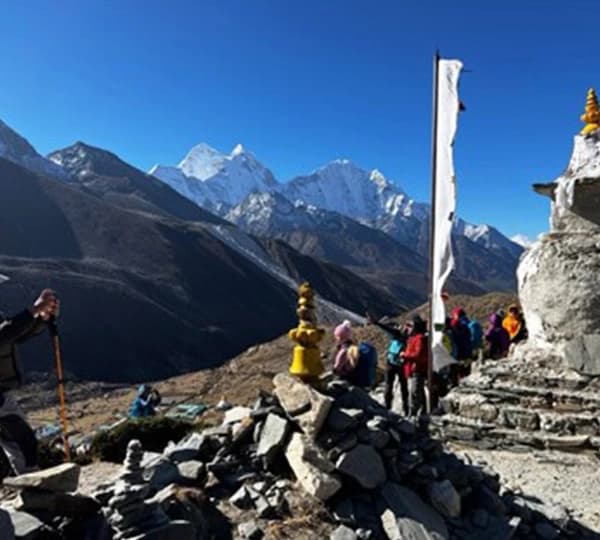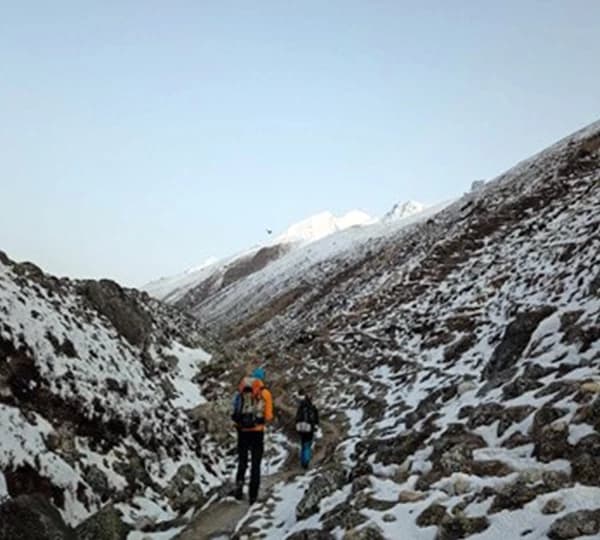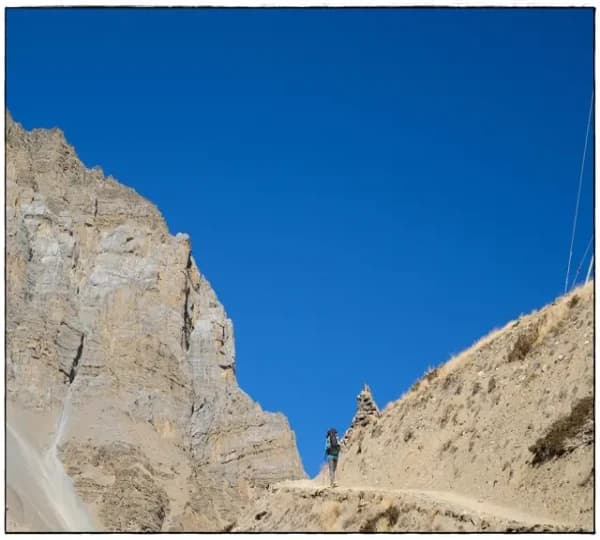Background of the Tiji Festival
The Tiji festival is a Tibetan-Buddhist celebration usually held in May in a naturally isolated area of Upper Mustang. Locally known as Tenchi, the festival commemorates the triumph of Dorje Jono over evil forces to bring prosperity to the kingdom. Tiji features a mythological, religious, and historical background and remains native to the residents of Upper Mustang. This grand Himalayan festival takes place in Lo-Manthang City, the walled capital of the Forbidden Kingdom.
While the exact date of the inception of the Tiji festival is unclear, it is believed to have started during the 17th century. The folk history suggests that Dorje Jono, a deity in Vajrayana Buddhism, controlled evil forces to bring peace and prosperity to the land of Mustang. So, the inhabitants of Lo Manthang started this festival to celebrate the triumph of good over evil and revere the legacy of Dorje Jono and Padmasambhava Guru Rinpoche.
The festival holds the same level of significance to this day and reflects the inspiring and vibrant Buddhist culture of the Annapurna Circuit region. Trekkers also go through the Manaslu Circuit Trek to participate in the festival.
Celebration of the Tiji festival
Tiji is a vibrant and colorful occasion that garners tremendous participation from the local people of Mustang. Steeped in tradition and symbolism, the Tiji festival is believed to bring hope and peace to Lo Manthang residents. On top of religious significance, Tiji boasts a vibrant and upbeat ambiance with colorful masked dances, special Vajrakila rituals, and prayer chants.
The date of the 3-day Tiji celebration is fixed according to the Tibetan lunar calendar every year in May. This year, i.e., 2023, the Tiji festival is all set to take place on the 16th, 17th, and 18th of May. It is an incredible opportunity to experience collective cultural joy in a remote, hidden region of the Annapurna Circuit Trekking Route.
The upper Mustang Tiji Festival is organized by Choedhe Monastery, which lies directly to the right of Dragkar-Thegchen Ling Gompa. The monastery follows the Shakya-pa sect of Tibetan Buddhism and is headed by a Rimpoche. Close to 65 monks from Lo Manthand, Nheyul, and Chhosyer live in this monastery and are responsible for and trained for this festival.
Monks play a vital role in the Tenchi festival, performing powerful dances and rituals to frighten away evil spirits. They wear elaborate, colorful costumes with jewelry and are dressed in bright, traditionally crafted masks.

The prayer is led by Vajra's master, a monk who is empowered by Shakya Gongma Rinpoche and dances in the center. This lead monk must remain in a solitary retreat for three months and have extensive knowledge of Cham.
The 3-day annual festival begins at noon with a loud horn sound from the Tibetan horns, Dhungchen. The sound of double-reed horns, drums, and cymbals can also be heard during the inauguration of the Tiji ceremony. The local monks lead themselves to the square and sit under a huge Thanka painting fixed on the southern wall.
After this, they perform a masked dance called 'Tsa Chaam', enacting the story of the birth of 'Dorje Jono' and the harassment of demons on the people of Lo Manthang.
Monks perform the 'Nag Cham' dance to tell the story of Dorje Jono trying to return evil to the Buddha realm. The role of Dorje Jono is played by a monk from Choedhe Monastery. Female performers dressed in traditional costumes and jewelry come out to the main square during the performance.
The third day of the Tiji festival begins with ceremonial music followed by an energetic masked dance named 'Rha Chaam'. This is a powerful dance that takes a vibrant beat and demonstrates the victory of Dorje Jono over the evil demon. The performance highlights the banishment of the demon from the Kingdom.
On the festival's final day, monks wear eccentric masks that depict the deities as well as demons. The ceremony concludes when Dorjee Jono throws the effigy made from Tsampa (barley). This represents the exile of the demon 'Man Tam ru Ta' from the Mustang region.
Significance of the Tiji Festival
The Tiji festival is a colorful event that showcases the rich history, culture, and traditional beliefs of the people of Mustang. The dances performed during this ceremony enact events from mythical stories and historical narratives. The festival conveys the message that good always wins over evil. The inhabitants of Upper Mustang celebrate this festival with the hope of spreading peace, protecting their religion, and ensuring their welfare.
Another significance of the Upper Mustang Tiji festival is the community engagement it facilitates. People living across the Mustang region come together and participate in the ceremony, which fosters a sense of community among them. The Tiji festival is an excellent opportunity to bond with families and friends and spread joy.
Tiji is one of the key attractions of the Kingdom that provides 'once-in-a-lifetime' communal cultural experiences to visitors from around the country and the world. This festival allows visitors and tourists to understand the cultural evolution, religious rituals, and practices of Upper Mustang and experience the essence of the place.
conclusion
Tiji is a 3-day annual festival marked by traditional dances, colorful costumes, and prayer chants in the Upper Mustang region of Nepal. Experience the ambiance, customs, and rich local culture of the people of Mustang by attending the Tiji festival on the 16th–18th of May 2023, which provides you with an excellent opportunity for. Feel free to ask any questions you may have. We are happy to provide the itinerary, necessary logistics, and paperwork.


